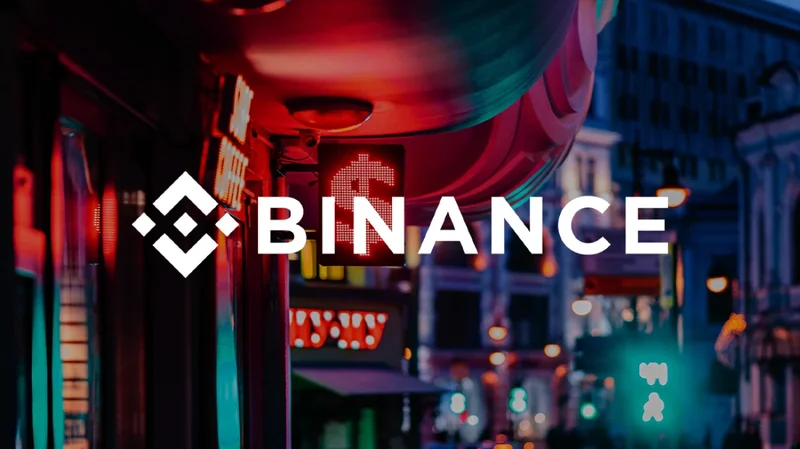The Anatomy of a $2.4 Billion Failure: Deconstructing Binance's Carefully Worded Apology
When a system buckles under pressure, the initial noise is always one of chaos. In the crypto markets, this chaos is measured in liquidations—cascading margin calls that vaporize portfolios in minutes. On the night of October 10th, the market didn't just buckle; it fractured. Traders saw nearly $20 billion—to be more exact, $19.3 billion according to Coinglass data—liquidated across the board, impacting an estimated 1.7 million participants. In the center of this maelstrom was Binance, the world’s largest exchange, which saw a staggering $2.4 billion in positions wiped out.
The public narrative that followed was one of contrition. Co-founder Yi He and CEO Richard Teng issued swift, unequivocal apologies. “We don’t make excuses,” Teng wrote. “We take responsibility,” He added. These are the words of an institution attempting to project stability. But beneath the polished statements lies a set of data that tells a far more complex, and frankly, more troubling story. The numbers presented by Binance’s own liquidation engine and the surgical precision of their compensation plan do not align with the widespread, systemic failures reported by their users.
I've looked at hundreds of market stress events, and the disconnect here is unusually stark. While traders across social media—a qualitative, if noisy, data set—reported frozen accounts, failed stop-loss orders, and inexplicable flash crashes on coins like ATOM and ENJ, Binance’s official response focused on something else entirely. Their public statements are an exercise in narrative control, but the data points to a failure far deeper than the one they’ve chosen to address. The real question isn't whether they are sorry; it's what, precisely, they are sorry for.
A Tale of Two Liquidations
In any market-wide deleveraging event, one expects to see a clear directional bias. When prices plummet, long positions are overwhelmingly the first to be liquidated. Data from the October 10th event confirms this; most major exchanges saw more than 85% of their liquidations affect long positions. This is the normal, expected pattern of a panic-driven sell-off.
Binance, however, was a statistical outlier. Of its $2.4 billion in liquidations, only 59% were longs. The remainder, a highly unusual 41% ($981.6 million), were short positions. This discrepancy is significant. How does the world’s largest exchange, during a market-wide crash, manage to liquidate almost as many shorts as longs while the rest of the market is almost exclusively wiping out longs? This isn't just an anomaly; it’s a fundamental deviation from expected market mechanics that demands a technical explanation.

Was their matching engine malfunctioning in a way that created artificial price wicks targeting both sides of the order book? Or were the reported system freezes and latency issues so severe that they prevented traders from managing positions, leading to liquidations that otherwise would have been avoided? The data doesn't provide a definitive answer, but it strongly suggests that the problem wasn't merely an inability to handle high volume. It points toward a deeper, more structural breakdown.
This is where the user reports of frozen screens—which fueled stories that Binance Faces Shocking Manipulation Claims After Crypto Crash—become more than just anecdotal complaints. Imagine sitting there, watching a position go catastrophically against you, while the interface designed to give you control is completely unresponsive. The "Cancel" button does nothing. Your stop-loss, the one automated protection you have, simply doesn't trigger. This isn't just market risk; it's platform risk. And it's this platform risk that seems to have disproportionately affected both sides of the market on Binance, a phenomenon not reflected in the broader market data.
A Surgical Band-Aid on a Systemic Wound
In the face of this chaos, Binance’s response was swift, public, and remarkably specific. They announced a compensation plan. But one must read the fine print. The plan covers users who held three specific tokens—USDE, BNSOL, and WBETH—as collateral and were liquidated during a precise 40-minute window between 21:36 and 22:16 UTC. This is for assets whose depegging was a clear, measurable, and indefensible failure on the platform (a stablecoin, USDe, trading at $0.66 is a black-and-white event).
This compensation plan is the corporate equivalent of applying a single, neat stitch to a gaping wound. It addresses the most clear-cut, legally unambiguous failure while completely ignoring the torrent of other issues. What about the traders who saw their ATOM positions flash-crash to near zero? What about those whose stop-losses failed to execute on Bitcoin or Ethereum pairs? Or those who were simply locked out of their accounts, unable to hedge or exit as their equity evaporated? According to Binance, these cases will be handled "individually," a message reinforced when the Binance co-founder advises users with losses to contact customer service.
This two-tiered approach is a classic liability containment strategy. By publicly and proactively compensating for one narrow, undeniable technical fault, Binance creates the public perception of accountability. It’s a brilliant piece of crisis management. Yet it conveniently sidesteps the far larger, messier, and more expensive problem of systemic platform instability. How many of the $2.4 billion in liquidations were attributable not to market movement, but to the platform itself failing at the most critical moment? We don't know, and the "individual review" process ensures that the full scope of that number will likely never be made public.
A Discrepancy Between Apology and Action
Ultimately, we are left with two conflicting narratives. The first is the one from Binance's leadership: a story of an unexpected surge, a regrettable failure, and a promise to take responsibility. The second is the one told by the data: a liquidation profile that deviates sharply from the market, widespread reports of critical system failures far beyond the scope of the official compensation plan, and a carefully constructed remedy that addresses only the most surgically precise issue. The apology was broad, but the compensation is narrow. For the 1.7 million traders affected by the market's historic meltdown, and particularly for those on Binance, the gap between those two narratives is measured in billions.


